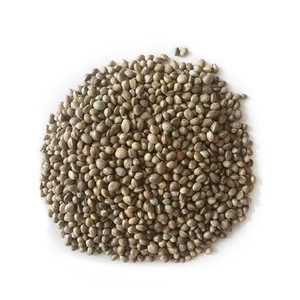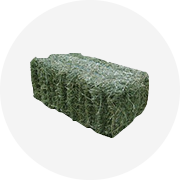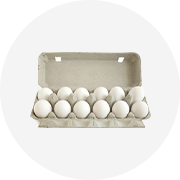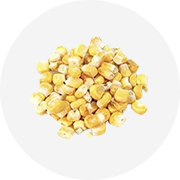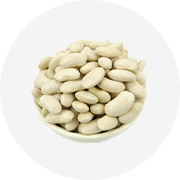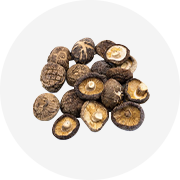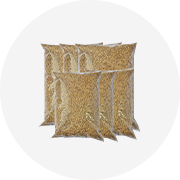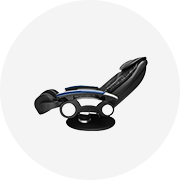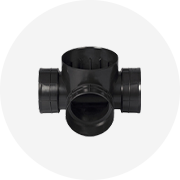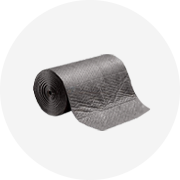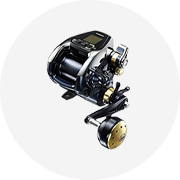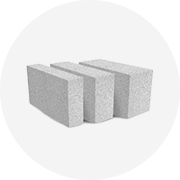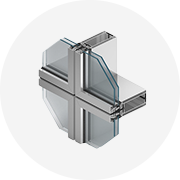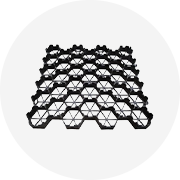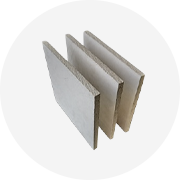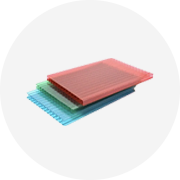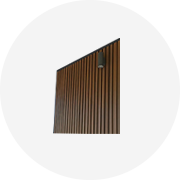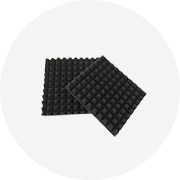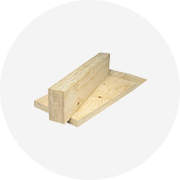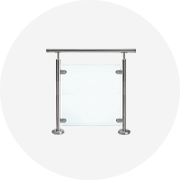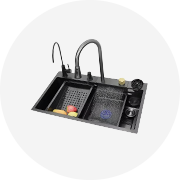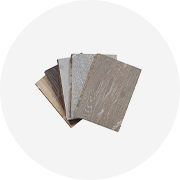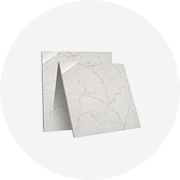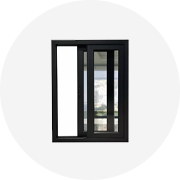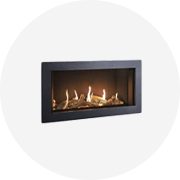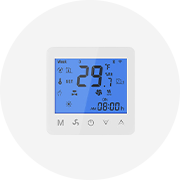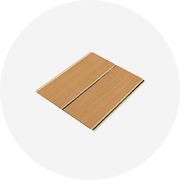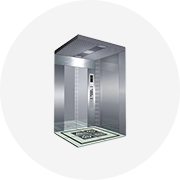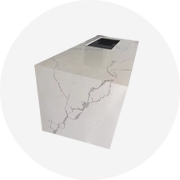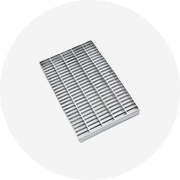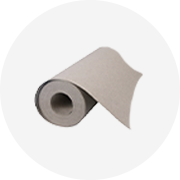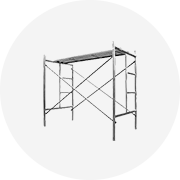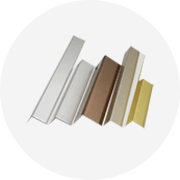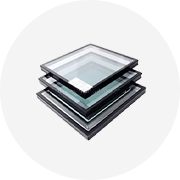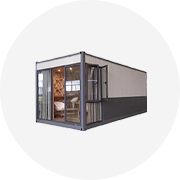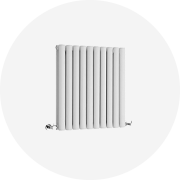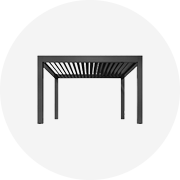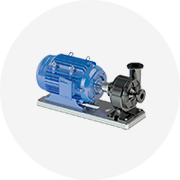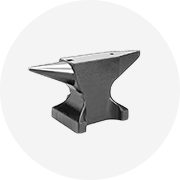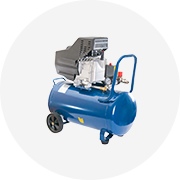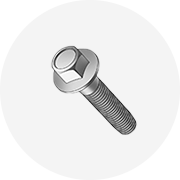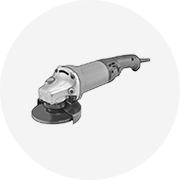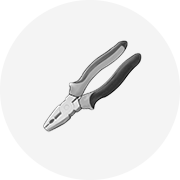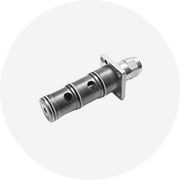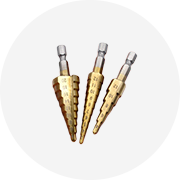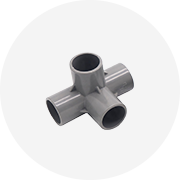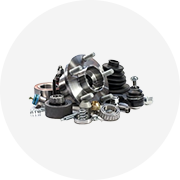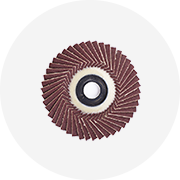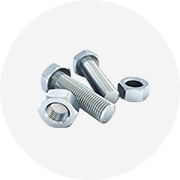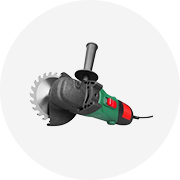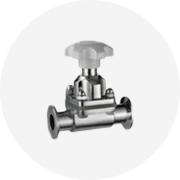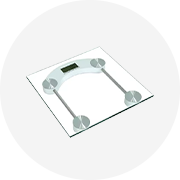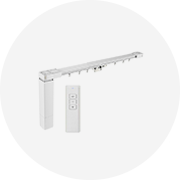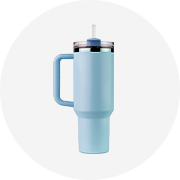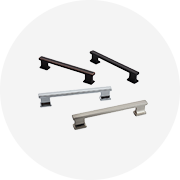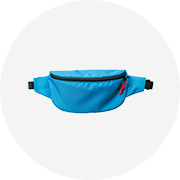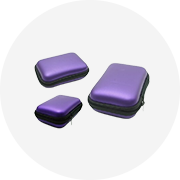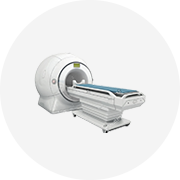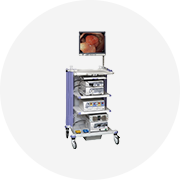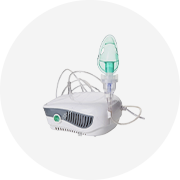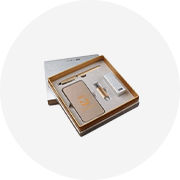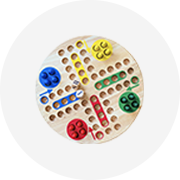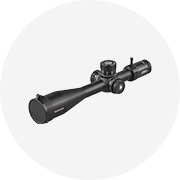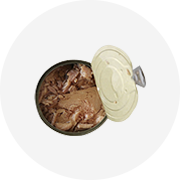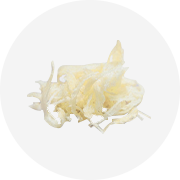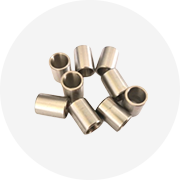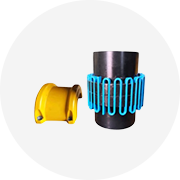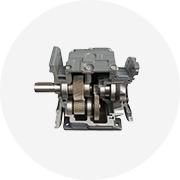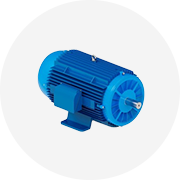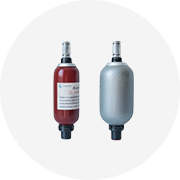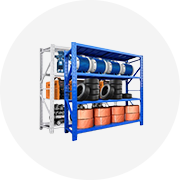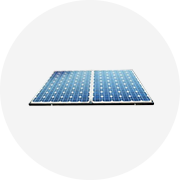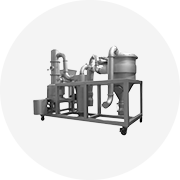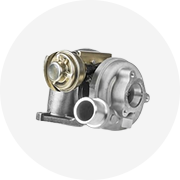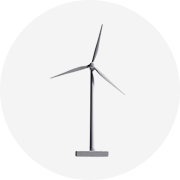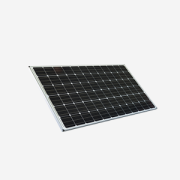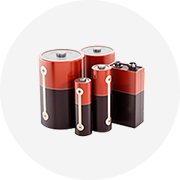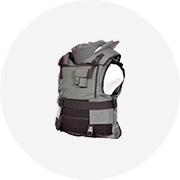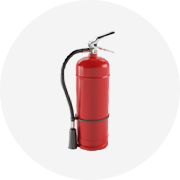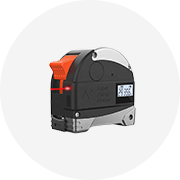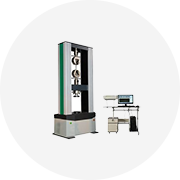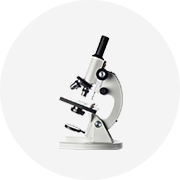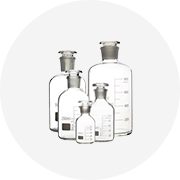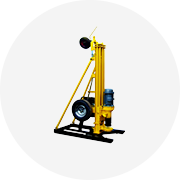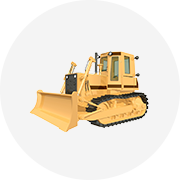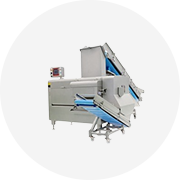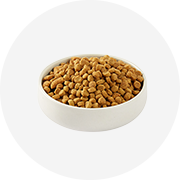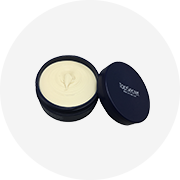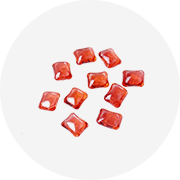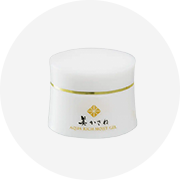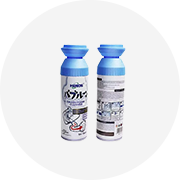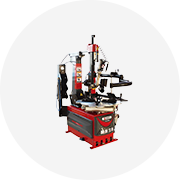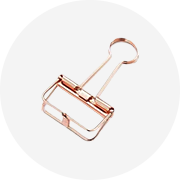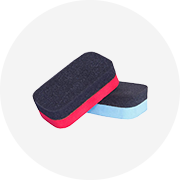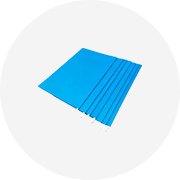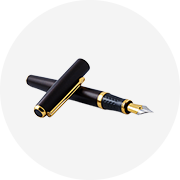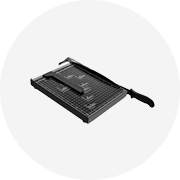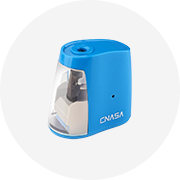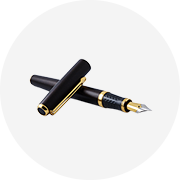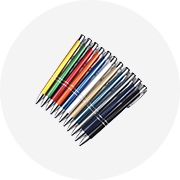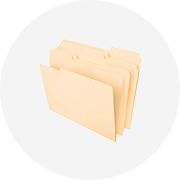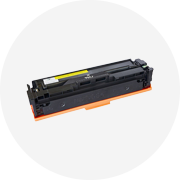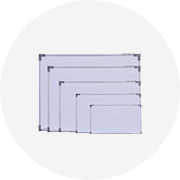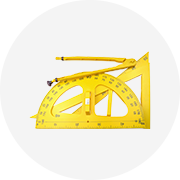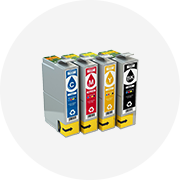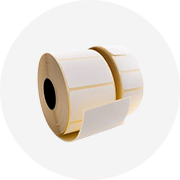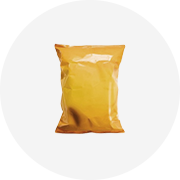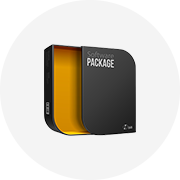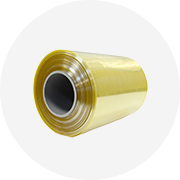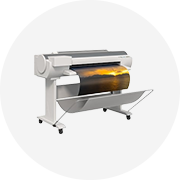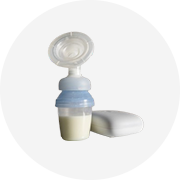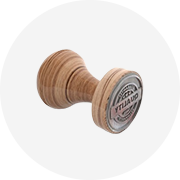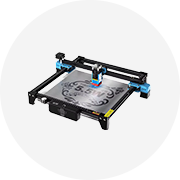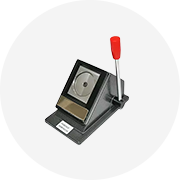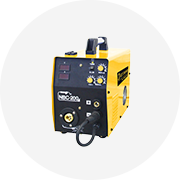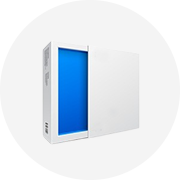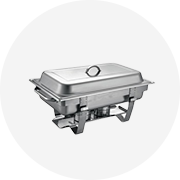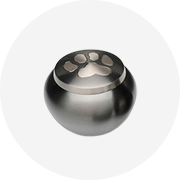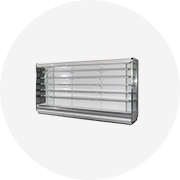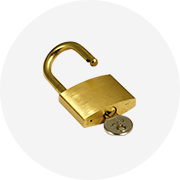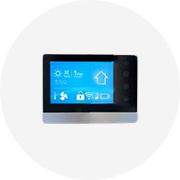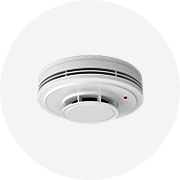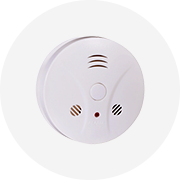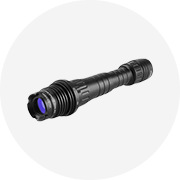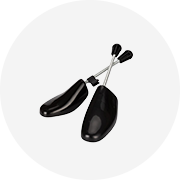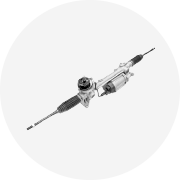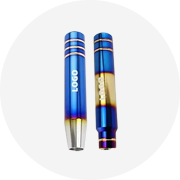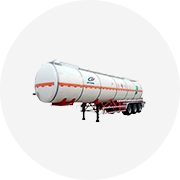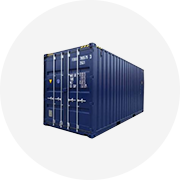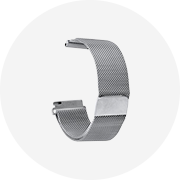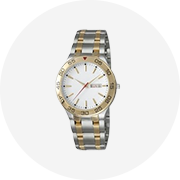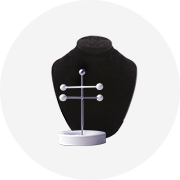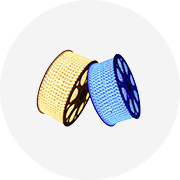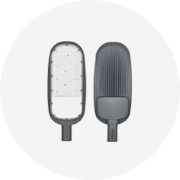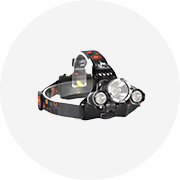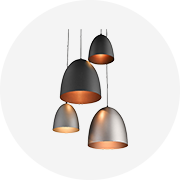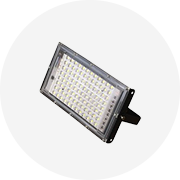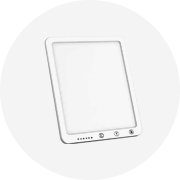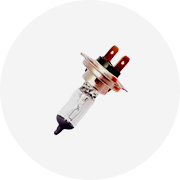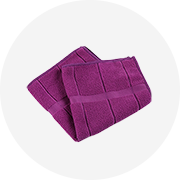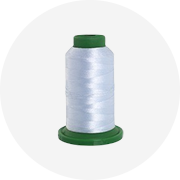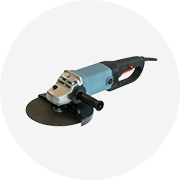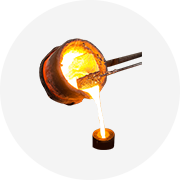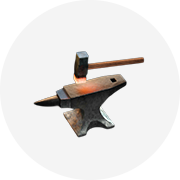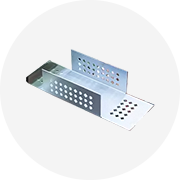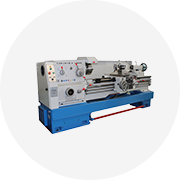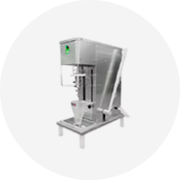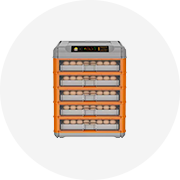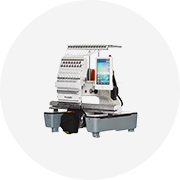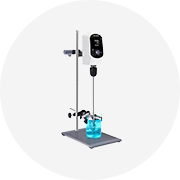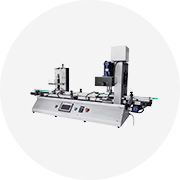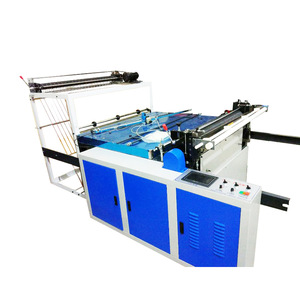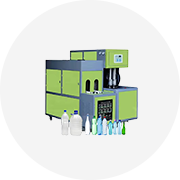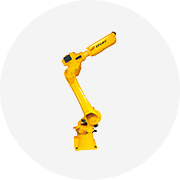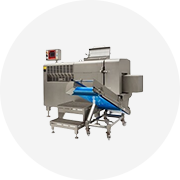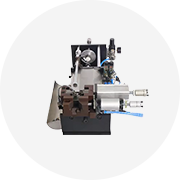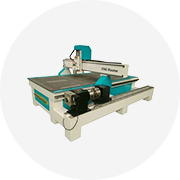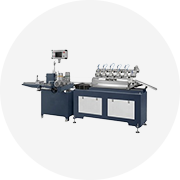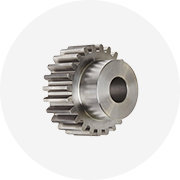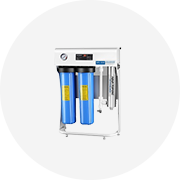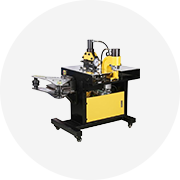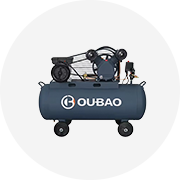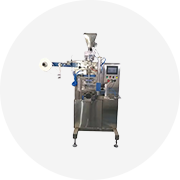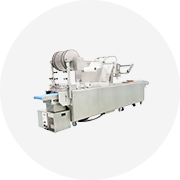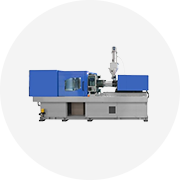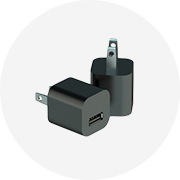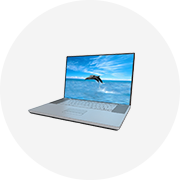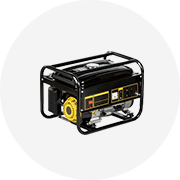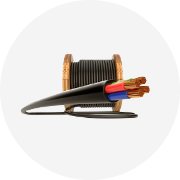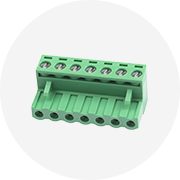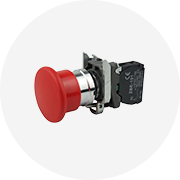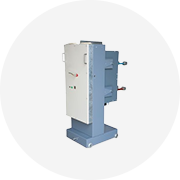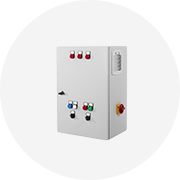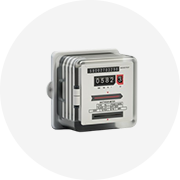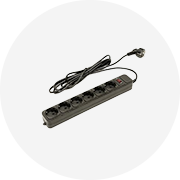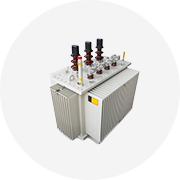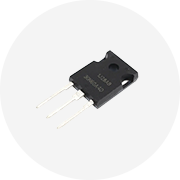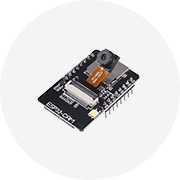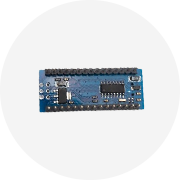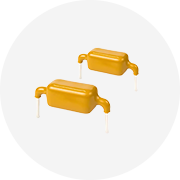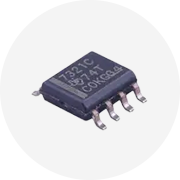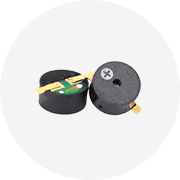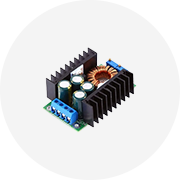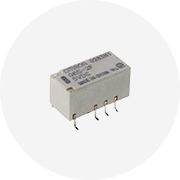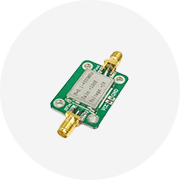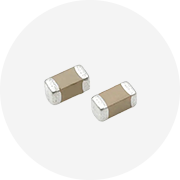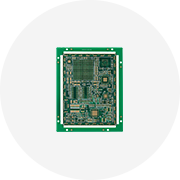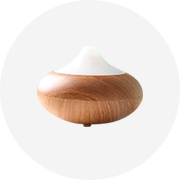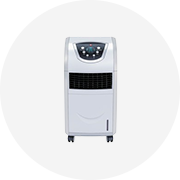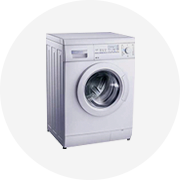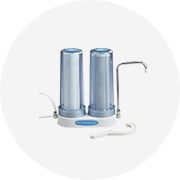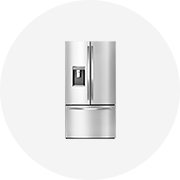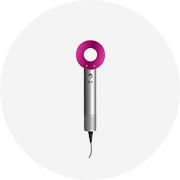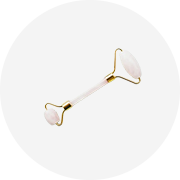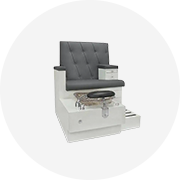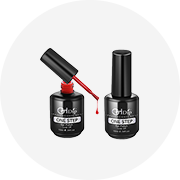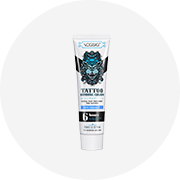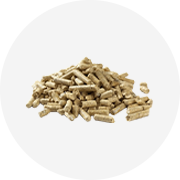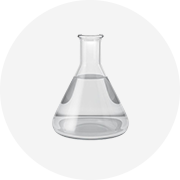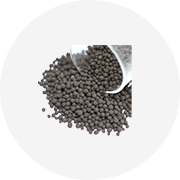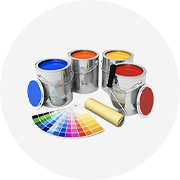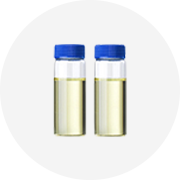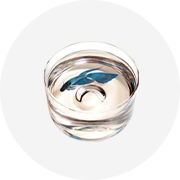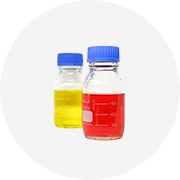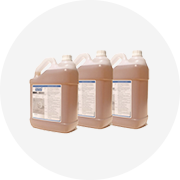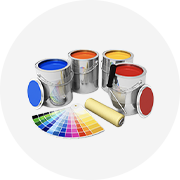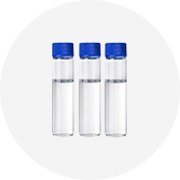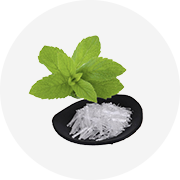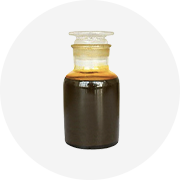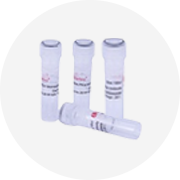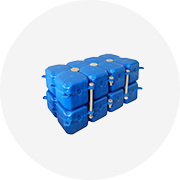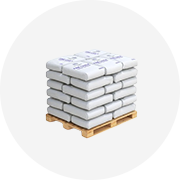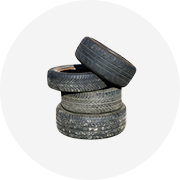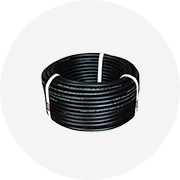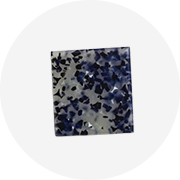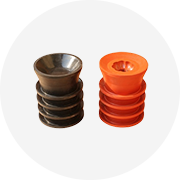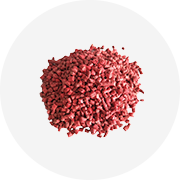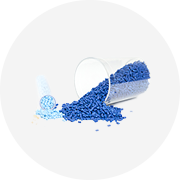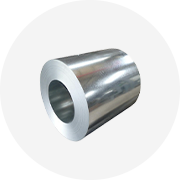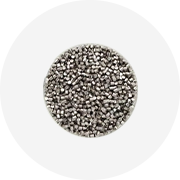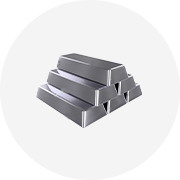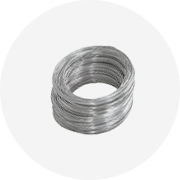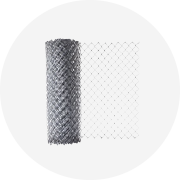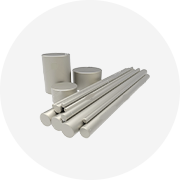-
 Agriculture
Agriculture
-
 Health-Care
Health-Care
-
 Environment
Environment
-
 Construction-Real-Estate
Construction-Real-Estate
-
 Tools-Hardware
Tools-Hardware
-
 Home-Garden
Home-Garden
-
 Furniture
Furniture
-
 Luggage-Bags-Cases
Luggage-Bags-Cases
-
 Medical-devices-Supplies
Medical-devices-Supplies
-
 Gifts-Crafts
Gifts-Crafts
-
 Sports-Entertainment
Sports-Entertainment
-
 Food-Beverage
Food-Beverage
-
 Vehicles-Transportation
Vehicles-Transportation
-
 Power-Transmission
Power-Transmission
-
 Material-Handling
Material-Handling
-
 Renewable-Energy
Renewable-Energy
-
 Safety
Safety
-
 Testing-Instrument-Equipment
Testing-Instrument-Equipment
-
 Construction-Building-Machinery
Construction-Building-Machinery
-
 Pet-Supplies
Pet-Supplies
-
 Personal-Care-Household-Cleaning
Personal-Care-Household-Cleaning
-
 Vehicle-Accessories-Electronics-Tools
Vehicle-Accessories-Electronics-Tools
-
 School-Office-Supplies
School-Office-Supplies
-
 Packaging-Printing
Packaging-Printing
-
 Mother-Kids-Toys
Mother-Kids-Toys
-
 Business-Services
Business-Services
-
 Commercial-Equipment-Machinery
Commercial-Equipment-Machinery
-
 Apparel-Accessories
Apparel-Accessories
-
 Security
Security
-
 Shoes-Accessories
Shoes-Accessories
-
 Vehicle-Parts-Accessories
Vehicle-Parts-Accessories
-
 Jewelry-Eyewear-Watches-Accessories
Jewelry-Eyewear-Watches-Accessories
-
 Lights-Lighting
Lights-Lighting
-
 Fabric-Textile-Raw-Material
Fabric-Textile-Raw-Material
-
 Fabrication-Services
Fabrication-Services
-
 Industrial-Machinery
Industrial-Machinery
-
 Consumer-Electronics
Consumer-Electronics
-
 Electrical-Equipment-Supplies
Electrical-Equipment-Supplies
-
 Electronic-Components-Accessories-Telecommunications
Electronic-Components-Accessories-Telecommunications
-
 Home-Appliances
Home-Appliances
-
 Beauty
Beauty
-
 Chemicals
Chemicals
-
 Rubber-Plastics
Rubber-Plastics
-
 Metals-Alloys
Metals-Alloys
- Masonry Materials
- Curtain Walls & Accessories
- Earthwork Products
- Fireproofing Materials
- Heat Insulation Materials
- Plastic Building Materials
- Building Boards
- Soundproofing Materials
- Timber
- Waterproofing Materials
- Balustrades & Handrails
- Bathroom & Kitchen
- Flooring & Accessories
- Tiles & Accessories
- Door, Window & Accessories
- Fireplaces & Stoves
- Floor Heating Systems & Parts
- Stairs & Stair Parts
- Ceilings
- Elevators & Escalators
- Stone
- Countertops, Vanity Tops & Table Tops
- Mosaics
- Metal Building Materials
- Multifunctional Materials
- Ladders & Scaffoldings
- Mouldings
- Corner Guards
- Decorative Films
- Formwork
- Building & Industrial Glass
- Other Construction & Real Estate
- Wallpapers/Wall panels
- HVAC System & Parts
- Outdoor Facilities
- Prefabricated Buildings
- Festive & Party Supplies
- Bathroom Products
- Household Sundries
- Rain Gear
- Garden Supplies
- Household Cleaning Tools & Accessories
- Lighters & Smoking Accessories
- Home Storage & Organization
- Household Scales
- Smart Home Improvement
- Home Textiles
- Kitchenware
- Drinkware & Accessories
- Dinnerware, Coffee & Wine
- Home Decor
- Golf
- Fitness & Body Building
- Amusement Park Facilities
- Billiards, Board Game,Coin Operated Games
- Musical Instruments
- Outdoor Affordable Luxury Sports
- Camping & Hiking
- Fishing
- Sports Safety&Rehabilitation
- Ball Sports Equipments
- Water Sports
- Winter Sports
- Luxury Travel Equipments
- Sports Shoes, Bags & Accessories
- Cycling
- Other Sports & Entertainment Products
- Artificial Grass&Sports Flooring&Sports Court Equipment
- Scooters
- Food Ingredients
- Honey & Honey Products
- Snacks
- Nuts & Kernels
- Seafood
- Plant & Animal Oil
- Beverages
- Fruit & Vegetable Products
- Frog & Escargot
- Bean Products
- Egg Products
- Dairy Products
- Seasonings & Condiments
- Canned Food
- Instant Food
- Baked Goods
- Other Food & Beverage
- Meat & Poultry
- Confectionery
- Grain Products
- Feminie Care
- Hair Care & Styling
- Body Care
- Hands & Feet Care
- Hygiene Products
- Men's Grooming
- Laundry Cleaning Supplies
- Travel Size & Gift Sets
- Room Deodorizers
- Other Personal Care Products
- Pest Control Products
- Special Household Cleaning
- Floor Cleaning
- Kitchen & Bathroom Cleaning
- Oral Care
- Bath Supplies
- Yellow Pages
- Correction Supplies
- Office Binding Supplies
- Office Cutting Supplies
- Board Erasers
- Office Adhesives & Tapes
- Education Supplies
- Pencil Cases & Bags
- Notebooks & Writing Pads
- File Folder Accessories
- Calendars
- Writing Accessories
- Commercial Office Supplies
- Pencil Sharpeners
- Pens
- Letter Pad/Paper
- Paper Envelopes
- Desk Organizers
- Pencils
- Markers & Highlighters
- Filing Products
- Art Supplies
- Easels
- Badge Holder & Accessories
- Office Paper
- Printer Supplies
- Book Covers
- Other Office & School Supplies
- Stationery Set
- Boards
- Clipboards
- Stamps
- Drafting Supplies
- Stencils
- Electronic Dictionary
- Books
- Map
- Magazines
- Calculators
- Baby & Toddler Toys
- Educational Toys
- Classic Toys
- Dress Up & Pretend Play
- Toy Vehicle
- Stuffed Animals & Plush Toys
- Outdoor Toys & Structures
- Balloons & Accessories
- Baby Food
- Children's Clothing
- Baby Supplies & Products
- Maternity Clothes
- Kids Shoes
- Baby Care
- Novelty & Gag Toys
- Dolls & Accessories
- Puzzle & Games
- Blocks & Model Building Toys
- Toddler Clothing
- Baby Clothing
- Kids' Luggage & Bags
- Arts, Crafts & DIY Toys
- Action & Toy Figures
- Baby Appliances
- Hobbies & Models
- Remote Control Toys
- Promotional Toys
- Pregnancy & Maternity
- Hygiene Products
- Kid's Textile&Bedding
- Novelty & Special Use
- Toy Weapons
- Baby Gifts
- Baby Storage & Organization
- Auto Drive Systems
- ATV/UTV Parts & Accessories
- Marine Parts & Accessories
- Other Auto Parts
- Trailer Parts & Accessories
- Auto Transmission Systems
- Train Parts & Accessories
- Universal Parts
- Railway Parts & Accessories
- Auto Brake Systems
- Aviation Parts & Accessories
- Truck Parts & Accessories
- Auto Suspension Systems
- Auto Lighting Systems
- New Energy Vehicle Parts & Accessories
- Auto Steering Systems
- Wheels, Tires & Accessories
- Bus Parts & Accessories
- Auto Performance Parts
- Cooling System
- Go-Kart & Kart Racer Parts & Accessories
- Air Conditioning Systems
- Heavy Duty Vehicle Parts & Accessories
- Auto Electrical Systems
- Auto Body Systems
- Auto Engine Systems
- Container Parts & Accessories
- Motorcycle Parts & Accessories
- Refrigeration & Heat Exchange Equipment
- Machine Tool Equipment
- Food & Beverage Machinery
- Agricultural Machinery & Equipment
- Apparel & Textile Machinery
- Chemical Machinery
- Packaging Machines
- Paper Production Machinery
- Plastic & Rubber Processing Machinery
- Industrial Robots
- Electronic Products Machinery
- Metal & Metallurgy Machinery
- Woodworking Machinery
- Home Product Manufacturing Machinery
- Machinery Accessories
- Environmental Machinery
- Machinery Service
- Electrical Equipment Manufacturing Machinery
- Industrial Compressors & Parts
- Tobacco & Cigarette Machinery
- Production Line
- Used Industrial Machinery
- Electronics Production Machinery
- Other Machinery & Industrial Equipment
- Camera, Photo & Accessories
- Portable Audio, Video & Accessories
- Television, Home Audio, Video & Accessories
- Video Games & Accessories
- Mobile Phone & Accessories
- Electronic Publications
- Earphone & Headphone & Accessories
- Speakers & Accessories
- Smart Electronics
- TV Receivers & Accessories
- Mobile Phone & Computer Repair Parts
- Chargers, Batteries & Power Supplies
- Used Electronics
- VR, AR, MR Hardware & Software
- Projectors & Presentation Equipments
- Other Consumer Electronics
- Cables & Commonly Used Accessories
- Computer Hardware & Software
- Displays, Signage and Optoelectronics
- Discrete Semiconductors
- Wireless & IoT Module and Products
- Telecommunications
- Connectors, Terminals & Accessories
- Development Boards, Electronic Modules and Kits
- Circuit Protection
- Sensors
- Isolators
- Audio Components and Products
- Integrated Circuits
- Power Supplies
- Relays
- RF, Microwave and RFID
- Electronic Accessories & Supplies
- Passive Components
- PCB & PCBA
- Air Quality Appliances
- Home Appliance Parts
- Heating & Cooling Appliances
- Small Kitchen Appliances
- Laundry Appliances
- Water Heaters
- Water Treatment Appliances
- Refrigerators & Freezers
- Personal Care & Beauty Appliances
- Major Kitchen Appliances
- Cleaning Appliances
- Second-hand Appliances
- Smart Home Appliances
- Other Home Appliances
- Energy Chemicals
- Inorganic Chemicals
- Basic Organic Chemicals
- Agrochemicals
- Admixture & Additives
- Catalysts & Chemical Auxiliary Agents
- Pigments & Dyestuff
- Coating & Paint
- Daily Chemicals
- Polymer
- Organic Intermediate
- Adhesives & Sealants
- Chemical Waste
- Biological Chemical Products
- Surface Treatment Chemicals
- Painting & Coating
- Chemical Reagents
- Flavor & Fragrance
- Non-Explosive Demolition Agents
- Other Chemicals
- Custom Chemical Services
PCB & PCBA
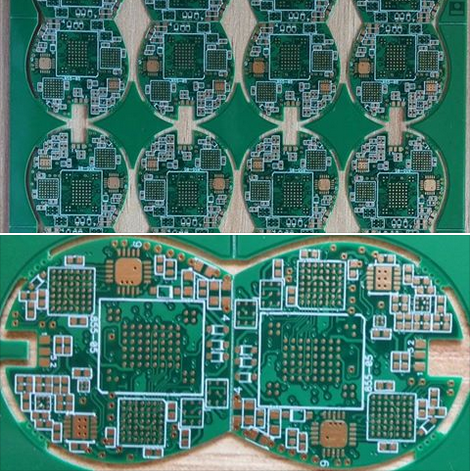
In the ever-evolving landscape of electronics, the demand for robust and reliable printed circuit boards (PCBs) capable of withstanding extreme conditions has never been greater. From automotive under-the-hood applications and aerospace avionics to industrial automation and outdoor telecommunications, electronic systems are increasingly deployed in harsh environments characterized by temperature extremes, moisture, vibration, chemical exposure, and thermal cycling. A critical innovation meeting this challenge head-on is the development of Durable Plating Half Holes PCB construction. This advanced manufacturing technique is not merely an incremental improvement but a fundamental enhancement in PCB reliability, specifically engineered to provide consistent electrical performance where traditional boards would falter. By focusing on the integrity of the plated half-hole—or castellated hole—interface, this technology ensures secure, low-resistance connections for board-to-board mounting, which is paramount for the longevity and functionality of mission-critical systems. This article delves into the construction, benefits, and applications of this durable plating approach, exploring why it has become a cornerstone for electronics designed to thrive under duress.
The Anatomy and Manufacturing Process of Durable Plated Half-Holes
At its core, a half-hole, or castellated hole, is a plated through-hole that has been drilled at the edge of a PCB and subsequently milled or routed in half, leaving a semi-circular plated pad on the board's perimeter. This feature allows one PCB to be soldered directly onto another, acting as a surface-mount solderable edge connector. The key to durability lies in the plating process. Standard plating might involve a thin layer of copper followed by a surface finish like HASL (Hot Air Solder Leveling). However, for harsh environments, this is insufficient.
The durable plating construction involves a robust, multi-stage metallization process. It begins with a meticulous drilling and deburring operation to ensure a clean, uniform hole. This is followed by electrodes copper deposition to create a conductive base across the hole walls and the board surface. The critical step is the subsequent electrolytic copper plating, where a significantly thicker layer of copper—often 25-35 microns or more—is deposited. This thick copper layer forms the primary conductive path and provides mechanical strength to the hole structure, resisting cracking from thermal stress or physical shock.
Finally, a durable final finish is applied over the copper. For harsh environments, finishes like Electroless Nickel Immersion Gold (ENIG), Electroless Nickel Electroless Palladium Immersion Gold (ENEPIG), or hard gold plating are preferred. ENIG provides a flat, corrosion-resistant surface with excellent solderability. ENEPIG adds a palladium barrier layer for even greater reliability against corrosion and nickel diffusion, which is crucial for fine-pitch components and wire bonding. This combination of thick copper and a robust, inert final finish creates a half-hole that is resistant to oxidation, corrosion, and wear, ensuring a pristine, reliable contact surface for years.
Ensuring Consistent Electrical Performance Under Stress
Consistent electrical performance in harsh environments is non-negotiable, and durable plated half-holes are engineered specifically to maintain it. The primary electrical concerns are stable contact resistance, signal integrity, and the prevention of intermittent connections. The thick, high-quality copper plating ensures a low-resistance path for current flow. More importantly, its robustness prevents the microscopic cracks or "creeping" corrosion that can increase resistance over time in standard boards exposed to thermal cycling or humidity.
Thermal cycling is a major stressor. When a PCB heats up and cools down, different materials expand and contract at different rates (Coefficient of Thermal Expansion or CTE mismatch). The interface between the plated half-hole and the PCB substrate is a critical failure point. The durable plating process, with its strong adhesion and ductile copper layer, absorbs these stresses without fracturing. This prevents the formation of hairline cracks in the plating barrel, which could lead to increased resistance or a complete open circuit. Furthermore, the choice of final finish like ENIG or gold provides a surface that does not readily form non-conductive oxides, ensuring the solder joint and contact interface remain electrically sound even after prolonged exposure.
Vibration and mechanical shock are other common challenges. The half-hole design itself, when properly soldered, creates a strong mechanical bond. The durable plating reinforces this by ensuring the plated structure itself does not break down. A weak or thin plating could peel or fracture from the fiberglass substrate under constant vibration, compromising the connection. The robust metallurgical bond created during the enhanced plating process anchors the copper firmly to the substrate, maintaining both electrical continuity and physical integrity in high-vibration applications like automotive or heavy machinery.
Applications and Advantages in Harsh Environment Industries
The specific advantages of durable plating half-hole PCBs make them indispensable across several demanding industries. In the automotive sector, particularly for engine control units (ECUs), transmission systems, and LED lighting modules, electronics must endure temperature ranges from -40°C to over 125°C, constant vibration, and exposure to fuels, oils, and cleaning agents. The reliable board-to-board connections provided by these PCBs prevent system failures that could lead to safety hazards or vehicle breakdowns.
In aerospace and defense, reliability is paramount. Avionics, satellite communications, and navigation systems operate in vacuum, extreme temperatures, and high-radiation environments. The use of durable plated half-holes in RF modules and stacked board configurations ensures signal integrity and connection reliability where maintenance or replacement is impossible or prohibitively expensive. The corrosion-resistant finishes are also vital for equipment used in naval or coastal environments with high salt spray exposure.
Industrial automation presents its own set of challenges, including dust, coolant mists, wide temperature swings in factories, and electromagnetic interference. PLCs (Programmable Logic Controllers), motor drives, and sensor arrays benefit from this PCB technology. The robust connections prevent downtime in production lines, while the consistent electrical performance ensures accurate signal transmission for process control. Similarly, in telecommunications, outdoor 5G infrastructure and base station equipment mounted on towers require PCBs that can withstand decades of weathering. Durable plated half-holes in power amplifiers and filter modules provide the long-term reliability necessary for continuous network operation.
In summary, Durable Plating Half Holes PCB construction represents a targeted engineering solution to a pervasive challenge. By fortifying the most vulnerable connection points on a circuit board—the edge-mounted interconnects—this technology delivers on the promise of consistent electrical performance. Through advanced metallization, careful material selection, and precision manufacturing, it extends the operational life and reliability of electronic systems, enabling innovation and functionality in the world's most unforgiving environments. As technology pushes further into extreme applications, the role of such foundational, high-reliability components will only continue to grow in importance.

In the intricate world of printed circuit board (PCB) manufacturing, the pursuit of perfection is relentless. Among the many specialized techniques employed, the creation and plating of half-holes, or castellated holes, stands out as a critical process for enabling board-to-board connections, module stacking, and edge-board mounting. These plated semi-circular notches along the board edge are not merely aesthetic features; they are fundamental conduits for electrical and mechanical integrity. The article "Optimized Plating Half Holes PCB Processes For Maximum Conductivity And Long Term Operational Efficiency" delves into the sophisticated engineering behind transforming these vulnerable board edges into robust, high-performance interconnects. As electronic devices shrink in size but grow in complexity and power demands—from advanced IoT modules and RF devices to compact wearable technology—the reliability of every connection point becomes paramount. This discussion is not just for PCB engineers; it is crucial for product designers, quality assurance specialists, and procurement managers who understand that the longevity and performance of an entire electronic system can hinge on the microscopic quality of a plated half-hole. By exploring optimized processes, we uncover how modern manufacturing transcends basic functionality to achieve maximum conductivity and ensure operational efficiency that endures through thermal cycles, mechanical stress, and the test of time.
Precision Drilling and Routing: The Foundation of Integrity
The journey to an optimized plated half-hole begins long before any metal is deposited; it starts with the creation of the hole itself. The initial drilling and routing phase sets the geometric and surface-quality precedent for all subsequent steps. Traditional drilling methods can leave behind micro-fractures, burrs, or uneven surfaces at the rim of the half-hole, which become weak points that compromise plating adhesion and ultimately, electrical continuity. Optimized processes employ high-precision, numerically controlled (CNC) routing with specialized carbide bits designed for clean, shear-cutting of the laminate and copper. The parameters—such as spindle speed, feed rate, and tool path—are meticulously calibrated based on the specific PCB material (e.g., FR-4, high-Tg, or Rogers substrates) to achieve a smooth, uniform cavity wall.
Furthermore, the sequence of operations is critical. An optimized protocol often involves drilling a complete through-hole first, followed by a precise routing operation to slice it in half, rather than attempting to route a semi-circle directly. This method provides better support for the material during cutting, reducing chipping and delamination at the critical edge where the plating will terminate. The cleanliness of this stage cannot be overstated; any residual debris or roughness creates nucleation sites for uneven plating, leading to potential voids or thin spots. Therefore, integrated vacuum systems and post-machining cleaning, such as plasma treatment or specialized chemical desmear, are employed to ensure a pristine, activation-ready surface. This foundational attention to detail ensures the half-hole is a perfect receptacle for the conductive layers to follow, directly influencing the final current-carrying capacity and mechanical bond strength.
Advanced Metallization and Plating Techniques
Once a perfect cavity is prepared, the core of the optimization process lies in the metallization. The goal is to build a conductive barrel within the half-hole that is uniform, pore-free, and possesses excellent adhesion to the substrate. The standard process involves electrodes copper deposition followed by electrolytic copper plating, but optimization demands far greater nuance. The initial electrodes copper bath, which provides the foundational conductive layer, must be carefully controlled for temperature, chemical concentration, and agitation to ensure a consistent deposit even on the vertical walls and the challenging curved surface of the half-hole's interior. Advanced catalytic systems are used to promote uniform nucleation, preventing the "skip-plating" or voids that are common failure points in non-optimized processes.
The subsequent electrolytic copper plating is where thickness, grain structure, and purity are engineered for performance. Optimized processes move beyond simple thickness specifications (typically 25-35 μm for robust half-holes). They focus on the morphology of the deposited copper. Using pulse or periodic reverse pulse plating techniques allows for superior control over grain size and distribution. Fine-grained, dense copper deposits exhibit lower electrical resistivity and higher resistance to fatigue cracking under thermal stress compared to coarse-grained, columnar structures. Additionally, the plating chemistry is formulated with high-purity additives and levelers to ensure the plating thickness is even from the top of the hole rim, down the wall, and across the curved bottom, eliminating weak thin areas. For applications requiring superior solderability or environmental resistance, a final finish—such as Electroless Nickel Immersion Gold (ENIG), Immersion Silver, or Selective Hard Gold—is applied with similar precision. This multi-layered, carefully controlled metallurgical approach is what transforms a simple hole into a high-conductivity, durable interconnect.
Rigorous Quality Control and Reliability Testing
Optimization is meaningless without verification. A hallmark of a superior half-hole plating process is an embedded, multi-stage quality control regimen. This begins with in-process monitoring. Automated optical inspection (AOI) systems equipped with high-magnification cameras and specialized lighting are used to inspect every half-hole for visual defects like nicks, plating folds, or exposed substrate immediately after plating and again after final finish application. Cross-sectional analysis, or microsectioning, remains the gold standard for quantitative assessment. Samples are periodically sacrificed, polished, and examined under a microscope to measure plating thickness at multiple points (top, middle, bottom of the hole wall), check for voids or cracks, and evaluate the intermetallic bond between layers.
Beyond dimensional checks, reliability testing simulates the harsh conditions of real-world operation. Thermal stress testing, such as Thermal Cycling (e.g., -55°C to +125°C) and Highly Accelerated Stress Testing (HAST), subjects the plated half-holes to repeated expansion and contraction. Optimized processes produce platings that survive these tests without developing cracks that would increase resistance or cause open circuits. Solderability tests, like wetting balance analysis, ensure the final finish promotes reliable solder joint formation during assembly. Furthermore, mechanical tests, including shear and pull strength tests on soldered connections, validate that the plating adhesion to the PCB substrate can withstand assembly and operational stresses. This data-driven feedback loop is essential; it not only catches defects but also informs continuous refinement of the drilling, cleaning, and plating parameters, closing the optimization cycle and guaranteeing long-term operational efficiency.
Design for Manufacturing (DFM) Collaboration
True optimization extends beyond the factory floor and into the design phase. The most advanced plating processes can be undermined by a PCB layout that does not consider the manufacturability of half-holes. Therefore, an optimized approach necessitates early and collaborative Design for Manufacturing (DFM) engagement between the PCB designer and the fabrication engineer. Key guidelines must be integrated into the design: specifying adequate annular ring size around the half-hole to prevent copper tearing during routing, defining optimal half-hole diameters and pitches for the chosen plating method, and indicating the required plating thickness and finish on the technical drawings. The board edge clearance and the positioning of other features relative to the half-holes are also critical to allow proper tool access and prevent damage.
This collaboration also involves material selection. The choice of core laminate, prepreg, and copper foil type influences the drilling quality and the thermal expansion coefficient (CTE). A significant CTE mismatch between the substrate and the copper plating can induce stress during temperature swings, leading to interfacial failures. An optimized process includes advising designers on material stacks that promote harmony with the plated copper. By embedding manufacturability rules into the design stage, the process sets the stage for success, reducing the risk of yield loss, preventing latent reliability issues, and ensuring that the designed half-holes are perfectly poised to achieve the maximum conductivity and longevity that the optimized plating process can deliver. This synergy between design intent and manufacturing capability is the ultimate safeguard for long-term operational efficiency.

In the rapidly evolving landscape of electronics, the relentless drive towards greater functionality in smaller form factors presents formidable challenges for printed circuit board (PCB) design and manufacturing. As devices shrink from bulky industrial equipment to wearable gadgets and sophisticated medical implants, conventional PCB interconnection methods often reach their physical and electrical limits. It is within this context of complexity and miniaturization that High Precision Plating Half Holes (also known as castellated holes or plated half-holes) emerge as a critical and elegant solution. This advanced PCB technology is not merely an incremental improvement but a foundational enabler for modern electronic assembly, allowing for robust, space-efficient, and reliable board-to-board or module-to-board connections. By transforming the edge of a PCB into a conductive, solderable interface, it eliminates the need for traditional connectors or complex wiring in many applications, paving the way for more compact, cost-effective, and high-performance electronic systems. This article delves into the intricacies of High Precision Plating Half Holes, exploring their role in tackling the demands of complex circuit board applications and the ongoing trend of miniaturization.
The Technical Foundation and Manufacturing Process
The creation of High Precision Plating Half Holes is a testament to advanced PCB fabrication capabilities. Fundamentally, these are plated through-holes (PTHs) that are drilled at the very edge of a PCB substrate. After the standard drilling and copper plating process that creates a conductive barrel, the board is precisely routed or scored, slicing the plated through-hole exactly in half along its diameter. What remains is a row of semi-circular, metallized pads lining the board's edge.
The precision in this process cannot be overstated. The routing must be exceptionally accurate to ensure a clean cut through the center of the hole without damaging the fragile copper plating or delaminating the board material. Any deviation can lead to irregular plating, poor solderability, or mechanical weakness. Following the routing, the half-holes undergo meticulous plating, often involving multiple layers such as copper, nickel, and a final finish like gold (ENIG or ENEPIG) or immersion tin. This final plating ensures excellent solderability, corrosion resistance, and a reliable electrical connection when the castellated module is soldered onto a motherboards. The entire process demands stringent process control, high-quality materials, and sophisticated equipment to achieve the consistency required for automated assembly.
Enabling Miniaturization and High-Density Design
One of the most significant advantages of half-hole technology is its direct contribution to product miniaturization. In traditional designs, connecting a smaller PCB module (like a Wi-Fi or Bluetooth module) to a main board typically requires a dedicated connector or a header. These components consume valuable vertical height (Z-axis space) and substantial board real estate (X-Y axis space). Castellated holes eliminate this intermediary entirely.
The module itself becomes its own connector. By soldering the half-holes directly onto corresponding pads on the target PCB, the two boards can be mounted flush or in very close proximity. This approach dramatically reduces the overall stack height, which is paramount in ultra-thin devices like smartphones, tablets, and hearing aids. Furthermore, it frees up surface area on both boards that would have been occupied by connector footprints, allowing designers to pack more components or routing into the same space. This leads to higher functional density, a key metric in the advancement of portable and implantable electronics where every cubic millimeter is precious.
Enhancing Reliability in Complex Applications
Beyond saving space, High Precision Plating Half Holes offer superior mechanical and electrical reliability compared to many alternative connection methods, which is crucial for complex and demanding applications. In automotive, aerospace, and industrial electronics, connections must withstand vibration, thermal cycling, and mechanical stress. A properly soldered castellated joint forms a robust mechanical bond along the entire semi-circular surface, providing excellent resistance to shock and vibration.
Electrically, the connection is direct and short, minimizing parasitic inductance and capacitance that can degrade high-frequency signal integrity. This is vital for RF modules, high-speed communication boards, and sensitive analog circuits. The plated metallization ensures a gas-tight connection, preventing oxidation and maintaining long-term conductivity. For mission-critical applications, this reliability translates to enhanced product lifespan and reduced failure rates. The technology also simplifies the assembly process by enabling direct reflow soldering alongside other surface-mount components, reducing manual labor and potential points of failure introduced by press-fit connectors or hand-soldered wires.
Driving Innovation in Modular and System-in-Package Designs
The versatility of castellated hole technology is catalyzing innovation in system architecture, particularly in modular design and System-in-Package (SiP) approaches. Designers can now create standardized, pre-certified functional blocks—such as power management units, sensor hubs, or radio cores—on small daughter boards with castellated edges. These modules can be mass-produced and tested independently, then seamlessly integrated as building blocks into a larger system. This modularity accelerates development cycles, simplifies testing and debugging, and allows for easy upgrades or customization.
In advanced SiP and multi-board systems, half-holes facilitate the creation of compact, three-dimensional stacking configurations. Multiple PCB layers or sub-assemblies can be interconnected vertically using their castellated edges, creating complex, high-performance systems in an extremely compact footprint. This is increasingly important for Internet of Things (IoT) edge devices, where a single package may need to contain processing, sensing, communication, and power functionalities. High Precision Plating Half Holes provide the reliable, high-density interconnects needed to make these sophisticated integrations possible and manufacturable at scale.
In conclusion, High Precision Plating Half Holes represent a pivotal solution at the intersection of PCB manufacturing and advanced electronic design. By offering a unique combination of space savings, mechanical robustness, electrical performance, and design flexibility, they directly address the core challenges of complexity and miniaturization. As electronic devices continue to evolve towards greater intelligence in smaller packages, the demand for such precision interconnection technologies will only intensify. From enabling the next generation of wearables and medical devices to ensuring the reliability of automotive control systems, castellated hole technology stands as a critical enabler, allowing engineers to push the boundaries of what is possible in the ever-shrinking world of electronics.
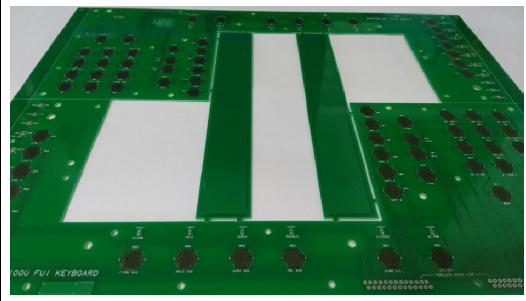
Comprehensive Overview Of Multilayer PCB Production Materials Methods And Testing Protocols
In the intricate world of modern electronics, the multilayer printed circuit board (PCB) stands as a foundational pillar, enabling the complex functionality of devices ranging from smartphones to advanced medical equipment. The production of these sophisticated boards is a meticulous symphony of material science, precise engineering, and rigorous quality control. This comprehensive overview delves into the core aspects of multilayer PCB production, exploring the essential materials, the sophisticated manufacturing methods, and the critical testing protocols that ensure reliability and performance. By understanding this holistic process, one gains a deeper appreciation for the technological marvels that power our daily lives and the stringent standards required to bring them to market.
Essential Materials in Multilayer PCB Fabrication
The journey of a multilayer PCB begins with the selection of raw materials, each chosen for its specific electrical, thermal, and mechanical properties. The base material, or substrate, is typically a glass-reinforced epoxy laminate known as FR-4, prized for its excellent insulation properties, mechanical strength, and flame retardancy. For high-frequency applications, materials like PTFE (Teflon) or ceramic-filled hydrocarbons are preferred due to their superior dielectric properties and low signal loss. The conductive pathways are formed from copper foil, which is laminated onto the substrate. The thickness of this copper, measured in ounces per square foot, is critical and varies depending on the current-carrying requirements of the circuit.
Beyond the core laminate and copper, several other materials play vital roles. The prepreg, or "pre-impregnated" material, is a fibreglass cloth pre-coated with a partially cured resin. It acts as the adhesive layer during the lamination process, bonding the inner core layers together and filling the gaps between copper traces. Solder mask, a polymer layer applied to the outer surfaces, insulates the copper traces to prevent short circuits and provides the board's characteristic green color. Finally, the silkscreen layer adds component designators, logos, and other markings using a non-conductive epoxy ink, aiding in the assembly and debugging processes. The precise combination and quality of these materials directly influence the board's performance, durability, and final cost.
Sophisticated Manufacturing Methods and Processes
The transformation of these raw materials into a functional multilayer PCB is a multi-stage process requiring extreme precision. It starts with inner layer fabrication, where the design pattern is transferred onto the copper-clad core using photolithography. A photoresist is applied, exposed to UV light through a photomask, and developed to create a protective etch resist pattern. The unwanted copper is then chemically etched away, leaving behind the intricate circuit pathways. Following this, the inner layers undergo automated optical inspection (AOI) to detect any defects like shorts, opens, or nicks before they are buried within the board.
The subsequent lamination process is where the "multilayer" structure is born. The etched inner cores are stacked together with sheets of prepreg between them and topped with outer layer copper foils. This stack is placed into a laminating press where high temperature and pressure cause the prepreg to flow, cure, and bond all layers into a single, solid board. Once laminated, the board undergoes drilling to create holes for through-hole components and vias that electrically connect different layers. These holes are then plated with copper through an electroless and electrolytic plating process to establish conductivity. The outer layers then go through a similar pattern transfer and plating process as the inner layers, often with additional steps for solder mask application and surface finish (such as HASL, ENIG, or Immersion Silver) to protect the copper and ensure solderability.
Critical Testing and Quality Assurance Protocols
Ensuring the integrity and functionality of a multilayer PCB is paramount, given its critical role in electronic systems. Testing begins during and after every major manufacturing step. Electrical testing, most commonly performed using a flying probe or a bed-of-nails fixture, checks for continuity (ensuring connections are present where they should be) and isolation (ensuring no unintended shorts exist between networks). This is a fundamental test that verifies the board physically matches the designed netlist.
Beyond electrical tests, a suite of other inspections guarantees quality. Automated Optical Inspection (AOI) systems use high-resolution cameras to compare the manufactured board against the digital design data, identifying surface defects. For uncovering hidden flaws within the layers, such as delamination or voids in plating, manufacturers rely on microsectioning analysis. This destructive test involves cross-sectioning a sample board, polishing the cut, and examining it under a microscope. Additionally, environmental stress tests, like Thermal Shock and Thermal Cycling, simulate years of operational life in a short time by subjecting the boards to extreme temperature fluctuations, revealing potential weaknesses in the laminate, plating, or solder joints. These rigorous protocols are essential for delivering a product that meets the high-reliability demands of today's electronics industry.
The Impact of Advanced Technologies and Future Trends
The landscape of multilayer PCB production is continuously evolving, driven by the demand for higher density, greater performance, and miniaturization. The adoption of High-Density Interconnect (HDI) technology is a prime example, utilizing microvias, finer traces, and sequential lamination to pack more functionality into a smaller footprint. This is essential for advanced devices like 5G infrastructure and wearable technology. Furthermore, the integration of embedded components—where passive elements like resistors and capacitors are buried within the PCB layers—is gaining traction, freeing up surface space and improving electrical performance by reducing parasitic inductance.
Looking ahead, the industry is also focusing on sustainable materials and processes. The development of halogen-free and lead-free laminates addresses environmental and regulatory concerns. Automation and data analytics, often referred to as Industry 4.0, are making factories smarter, with real-time process monitoring and predictive maintenance reducing defects and improving yield. As we move toward the Internet of Things (IoT) and more complex artificial intelligence systems, the role of the multilayer PCB will only become more critical, pushing the boundaries of material science and manufacturing precision to new heights.
REPORT

